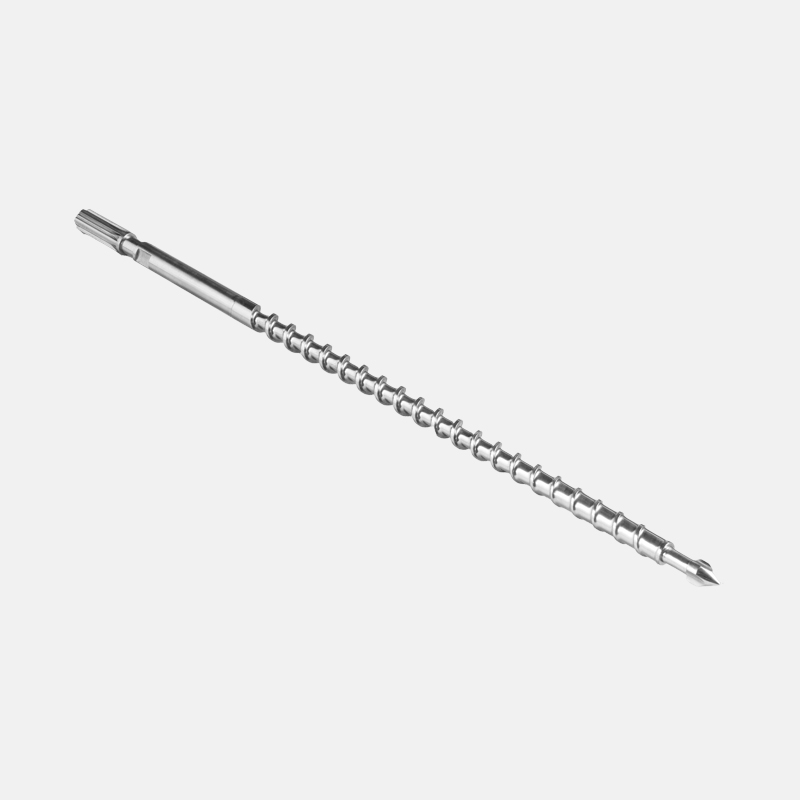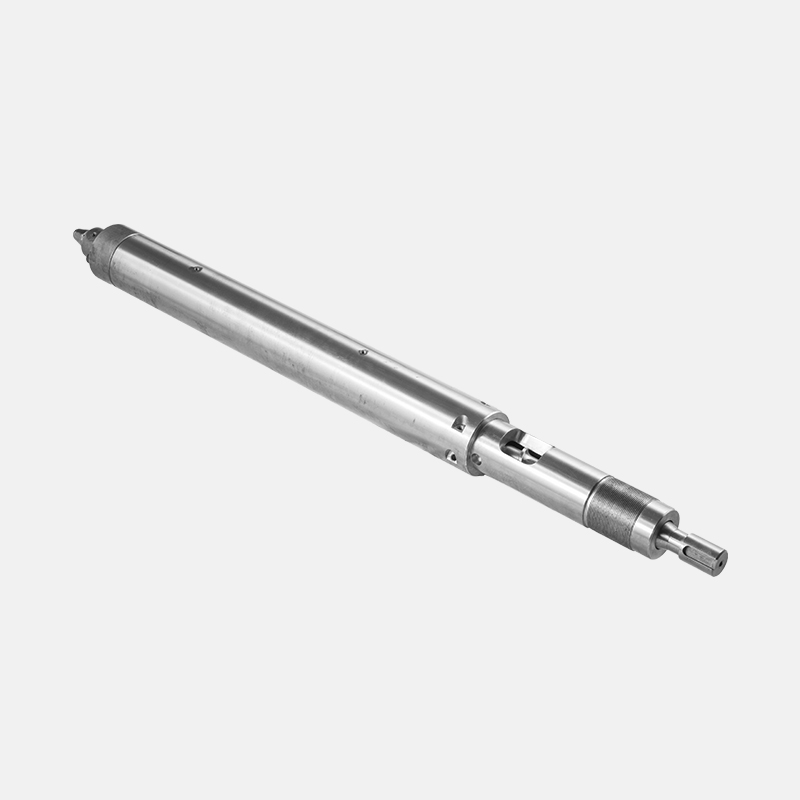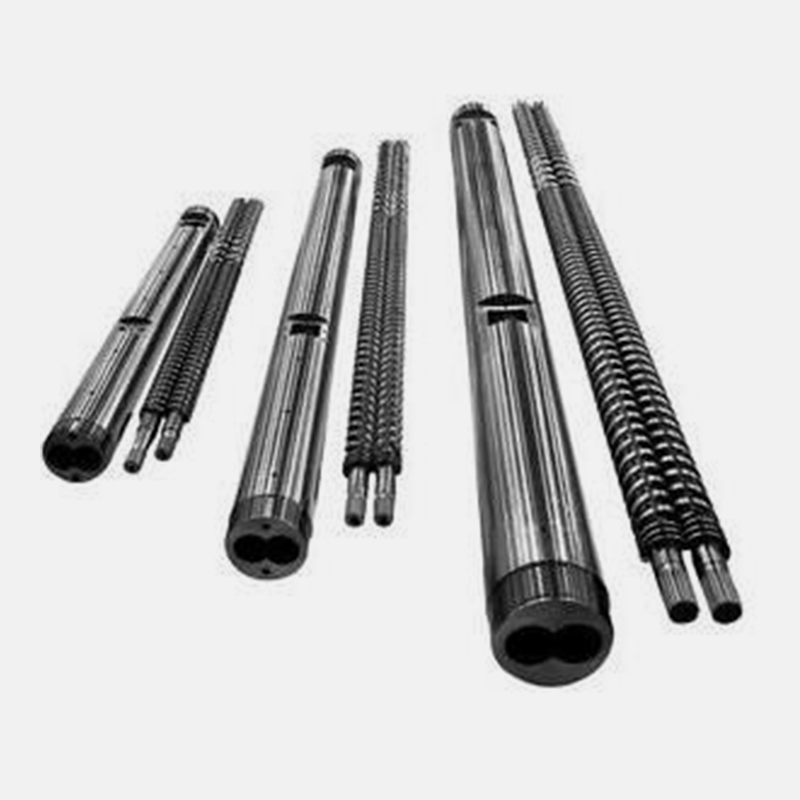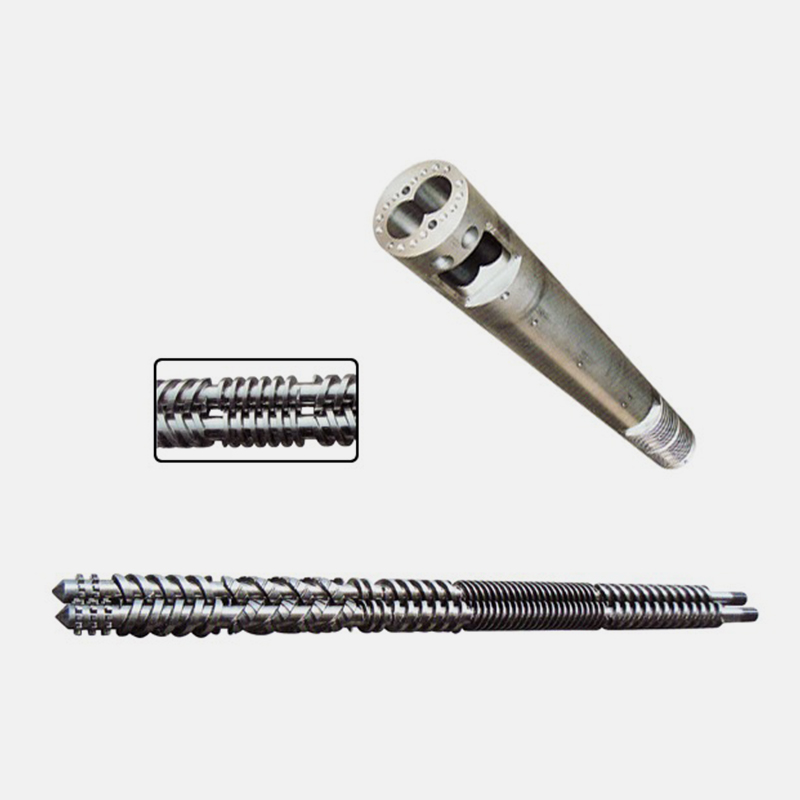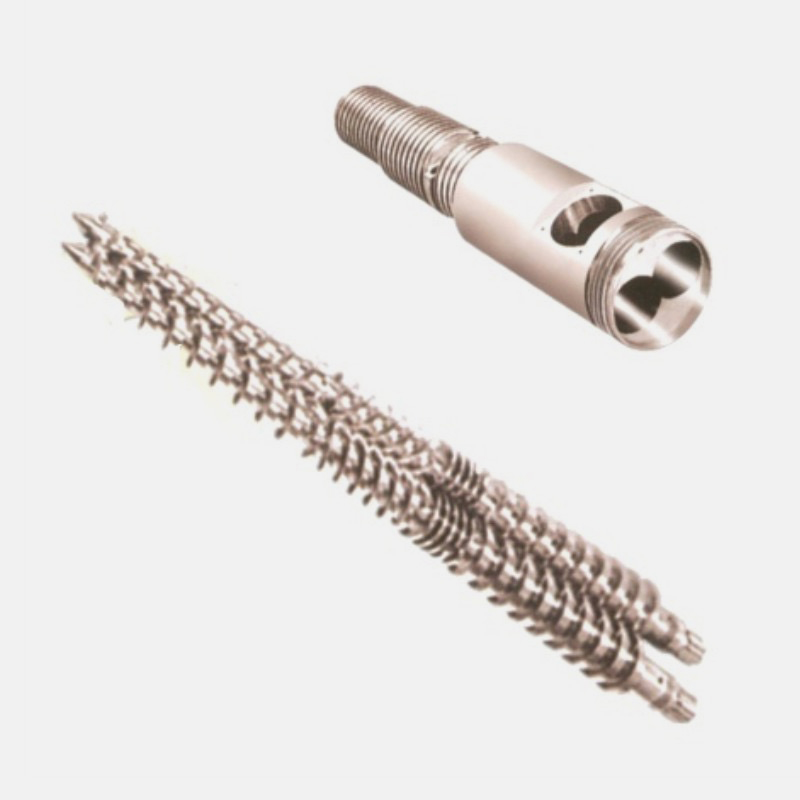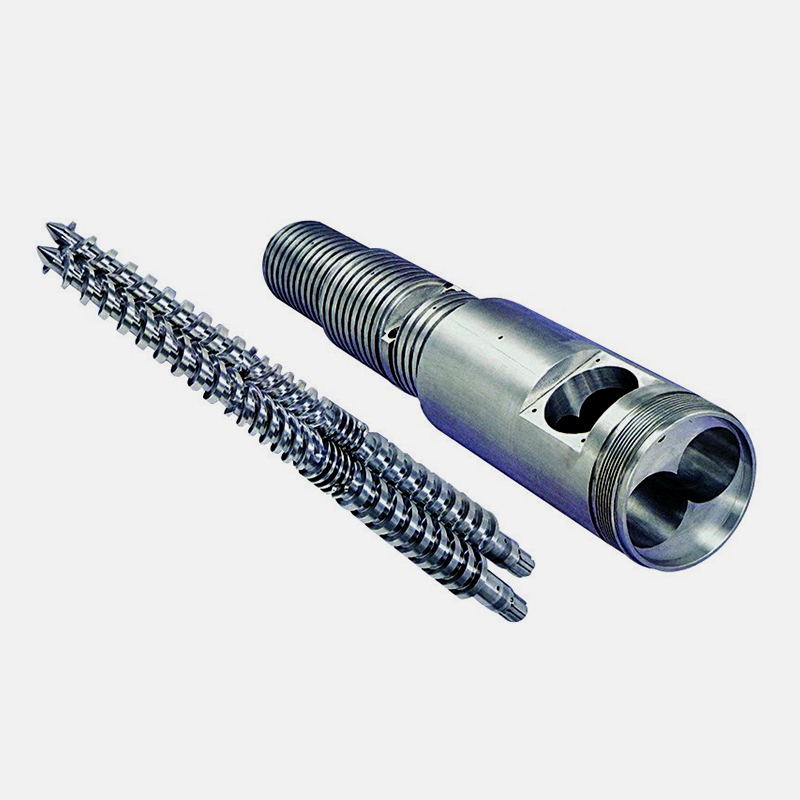The Conical twin screw barrel is developed on the basis of the single-screw extruder. Due to its good feeding performance, mixing and plasticizing performance, exhaust performance, extrusion stability, etc., it has been widely used in extruded products. Molding processing. There are three types of auxiliary devices for twin screw extruders:
Straightening device:
The most common type of plastic extrusion waste is eccentricity, and the bending of various types of wire cores is one of the important reasons for the insulation eccentricity. In sheath extrusion, scratches on the sheath surface are often caused by the bending of the cable core. Therefore, the straightening device in various extrusion units is essential. The main types of straightening devices are: drum type (divided into horizontal and vertical); pulley type (divided into single pulley and pulley group); winch type, which has multiple functions such as dragging, straightening, and stabilizing tension; Press wheel type (divided into horizontal type and vertical type), etc.
Preheating device:
The preheating of the cable core is necessary for both insulation extrusion and sheath extrusion. For the insulating layer, especially the thin layer of insulation, the existence of pores cannot be allowed. The wire core can be completely removed from the surface of water and oil by high temperature preheating before extrusion. For sheath extrusion, its main function is to dry the cable core to prevent the possibility of air holes in the sheath due to moisture (or moisture around the cushion layer). Preheating can also prevent the residual internal pressure of the plastic due to quenching during extrusion. In the plastic extrusion process, preheating can eliminate the large temperature difference formed when the cold wire enters the high-temperature die and the die is in contact with the plastic, avoiding fluctuations in the extrusion pressure caused by the fluctuation of the plastic temperature, thereby stabilizing the extrusion volume and ensuring Extrusion quality. Electric core preheating devices are used in the extrusion unit, which require sufficient capacity and ensure rapid heating, so that the wire core preheating and cable core drying efficiency are high. The preheating temperature is restricted by the pay-off speed, and is generally similar to the head temperature.
Cooling device:
After the molded plastic extrusion layer leaves the machine head, it should be cooled and shaped immediately, otherwise it will deform under the action of gravity. The cooling method usually adopts water cooling, and according to the water temperature, it is divided into rapid cooling and slow cooling. Rapid cooling is direct cooling with cold water. Rapid cooling is beneficial to the shaping of the plastic extruded layer, but for crystalline polymers, due to the sudden heat cooling, it is easy to leave internal stress in the extruded layer structure, resulting in cracks during use. Generally, PVC The plastic layer is quenched. Slow cooling is to reduce the internal stress of the product. Water of different temperatures is placed in the cooling water tank in sections to gradually cool the product. The extrusion of PE and PP is performed with slow cooling, that is, through hot water, warm water, and cold water. Three-stage cooling.
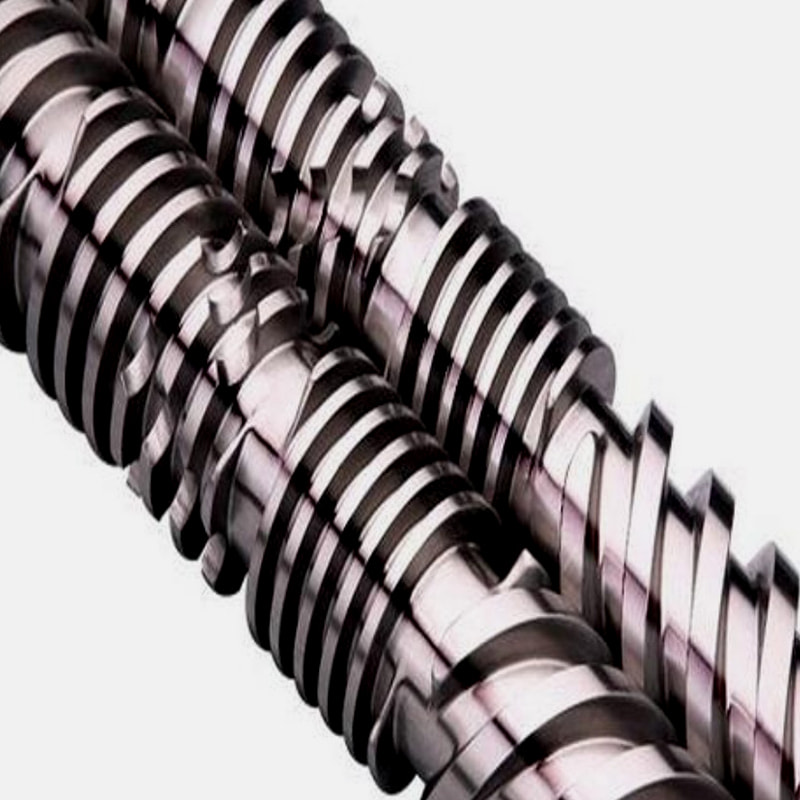

 English
English 简体中文
简体中文 España
España عربى
عربى

